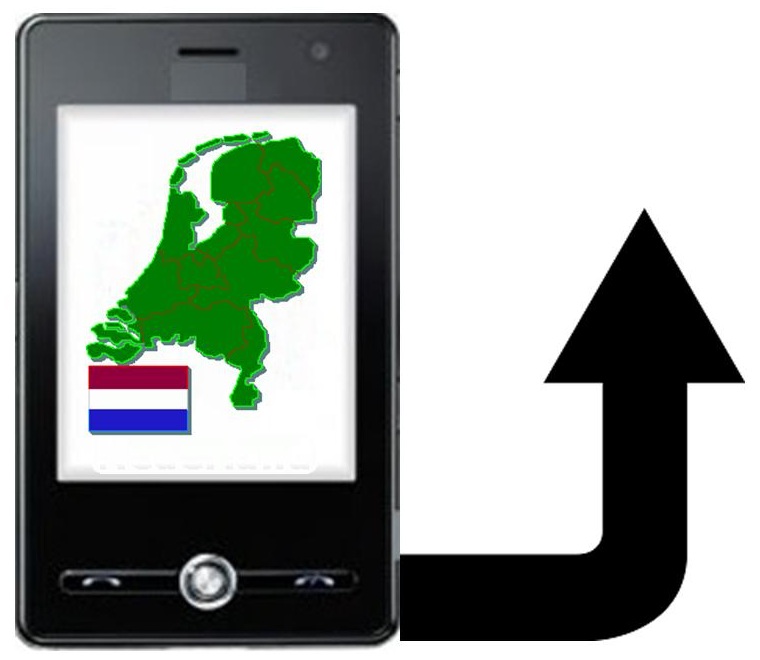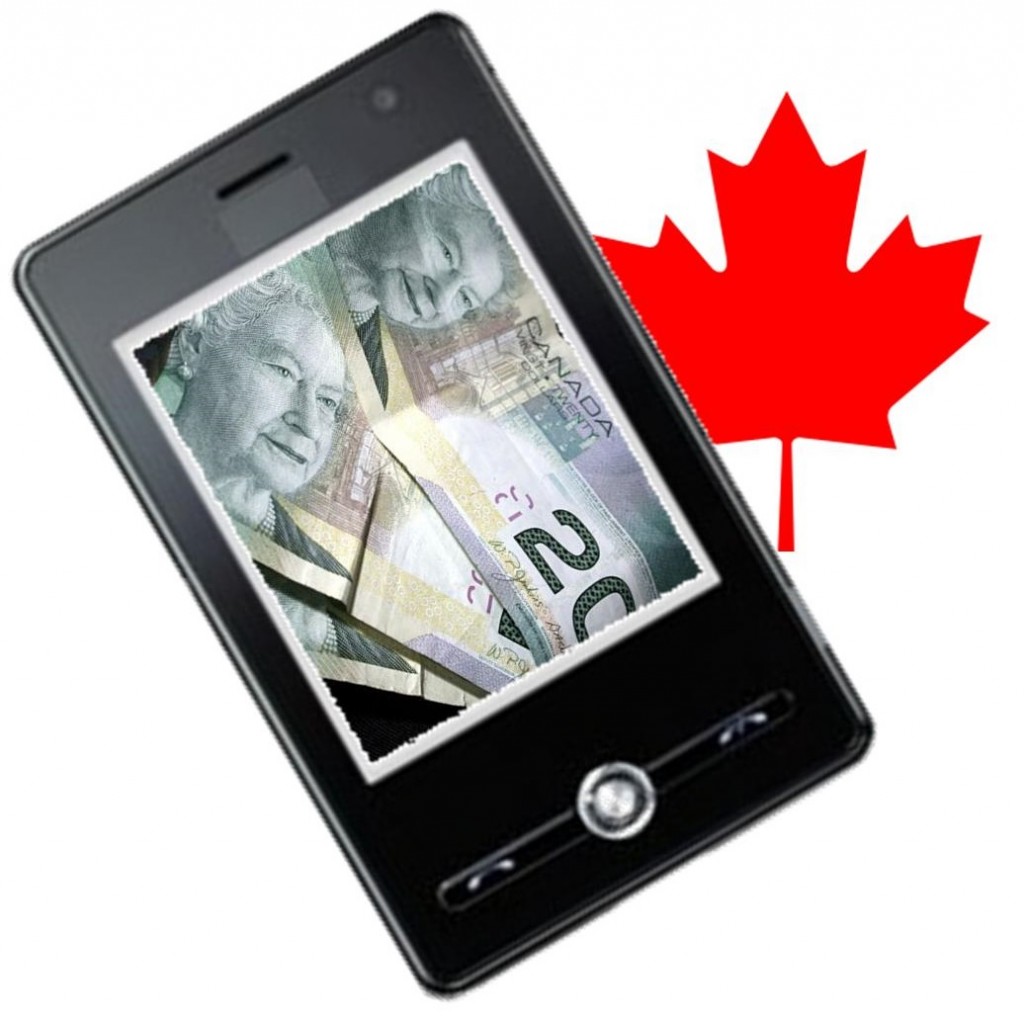Mobile commerce is favorable for Dutch consumers
Mobile commerce in the Netherlands has begun to gain significant traction. Dutch consumers have become quite enamored with the concept of mobile commerce, largely due to their growing reliance on smartphones and tablets. Consumers are beginning to shop more through their mobile devices, thus leading to an increase in the demand for comprehensive mobile payments services. A new study released by Blauw Research highlights the growth that momentum that mobile commerce has gained among Dutch consumers.
Mobile sales grow 67% in first half of the year
According to the study, mobile commerce in the Netherlands grew by 67% during the first half of this year. Dutch e-commerce is valued at approximately $550 million and mobile sales accounted for 11% of this value. This growth is expected to maintain its momentum well into the future, powered by more consumers putting a greater deal of value on their mobile devices and the mobile-centric services that they use.
 Tablets favored over smartphones
Tablets favored over smartphones
The study shows that tablets are beating smartphones in terms of mobile sales in the Netherlands. Consumers appear to favor tablets because they provide a better shopping experience. Their larger screens enable more convenient navigation and more websites are optimized for tablet use over smartphone use. Notably, 80% of mobile sales, even those made from tablets, were made by consumers at home rather than in physical stores or while outside.
$1 billion in sales expected by the end of 2013
The study predicts that more than 3 million mobile shoppers will be recorded in the Netherlands during the second half of 2013. By the end of the year, mobile commerce sales are expected to reach more than $1 billion. The holiday season is likely to augment these predictions to some degree, especially as consumers begin considering mobile shopping more convenient than other forms of shopping that they have been conducting for the past several years.

 The ranking from MasterCard placed only Singapore ahead of Canada in terms of being prepared for the widespread adoption of mobile payments. It assigned a score of 0 to 100. Canada scored a 42, whereas Singapore received a score of 45.6. The global average was 33.2.
The ranking from MasterCard placed only Singapore ahead of Canada in terms of being prepared for the widespread adoption of mobile payments. It assigned a score of 0 to 100. Canada scored a 42, whereas Singapore received a score of 45.6. The global average was 33.2.